Outreach Meeting
This guide will walk you through the essential elements of use outreach meeting to keep your attendees aligned and engaged.
Try Lark for Free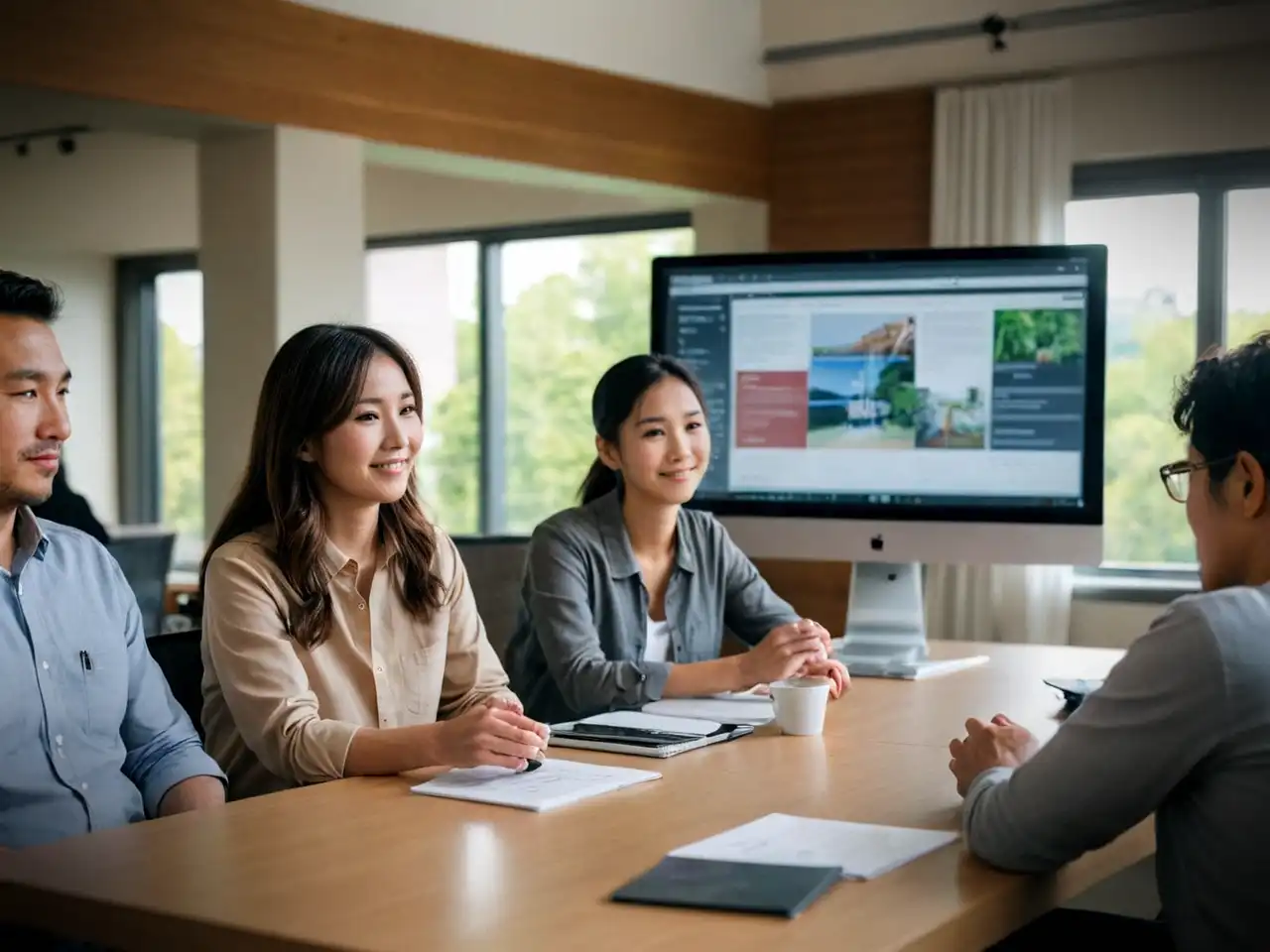
In today's fast-paced business landscape, organizing outreach meetings has become increasingly critical. These meetings serve as a valuable platform for connecting with clients, partners, and stakeholders, fostering meaningful relationships and achieving strategic organizational objectives. This comprehensive guide aims to delve into the intricacies of hosting successful outreach meetings in 2024, providing valuable insights on how to plan, execute, and derive maximum value from these crucial gatherings.
Use Lark Meetings to turn meetings into true collaborative experiences.
What is an outreach meeting?
An outreach meeting is a purposeful gathering designed to connect with internal and external stakeholders, including clients, industry partners, and community members. It aims to foster collaboration, share knowledge, and build stronger relationships to drive common goals. In today's context, with the increasingly digital and interconnected nature of business, outreach meetings have become an indispensable tool for organizations to engage with their stakeholders.
Key aspects of an outreach meeting include defining clear objectives, crafting meaningful agendas, and ensuring the involvement of pertinent participants to facilitate productive discussions. This meeting type serves as a conduit for knowledge exchange, fostering collaboration, and fostering a shared sense of purpose among attendees.
Goals of outreach meeting
The primary goals of an outreach meeting can include:
- Building and nurturing relationships with clients, partners, and stakeholders.
- Sharing knowledge, insights, and updates on industry developments.
- Collaborating to address common challenges and opportunities.
- Formulating action plans and aligning strategies for mutual benefit.
Who should attend outreach meeting?
Identifying the right participants for an outreach meeting is crucial to its success. The attendee list should encompass a diverse range of stakeholders, including:
- Key clients and customers
- Industry partners and collaborators
- Internal team members representing various departments
- Community representatives and relevant external stakeholders
The inclusivity of the participant list ensures diverse perspectives and fosters an environment where meaningful connections can be established and strengthened.
Learn more about Lark x Meetings
Topics, agenda, and structure of outreach meeting
Crafting an inclusive agenda is paramount to the success of an outreach meeting. The agenda should encompass:
- Critical Topics: Including industry trends, organizational updates, and collaborative opportunities.
- Engaging Structure: Designing the meeting format to incorporate interactive elements fostering active participation and collaboration.
- Agenda Distribution: Sharing the agenda well in advance allows participants to come prepared, ensuring productive engagement.
Learn more about Lark x Meetings
How often does an outreach meeting occur?
The frequency of outreach meetings can vary based on the organization's needs and industry dynamics. In 2024, with the rapid pace of change, organizations are leveraging outreach meetings more frequently to stay abreast of industry trends and foster strong connections with stakeholders. Striking the right balance between regularity and overwhelming participants with excessive meetings is crucial for maximizing the impact of these gatherings.
Key difference between outreach meeting and another similar meeting
While outreach meetings share commonalities with other types of gatherings such as internal team meetings or networking events, their primary distinction lies in their purpose. An outreach meeting focuses on fostering external collaborations and relationships, leveraging the collective knowledge and resources of diverse stakeholders to drive mutual growth and success. It differs from internal meetings in its outward-facing approach, emphasizing engagement with clients, partners, and the broader industry community.
Learn more about Lark x Meetings
Three practical examples of outreach meeting
- Innovative Approach to Collaborative Outreach: A technology company organizes an outreach meeting with industry partners to co-create a solution addressing a pressing industry challenge.
- Tactical Industry Networking Meeting: An association hosts an outreach meeting to facilitate strategic partnerships and knowledge exchange among industry players.
- Client-Centric Outreach Initiatives: A marketing firm arranges personalized outreach meetings with key clients to gather feedback and align future collaborations.
Common pitfalls of an outreach meeting
- Inadequate Preparations: Insufficient planning and preparation can lead to a lackluster meeting experience, failing to meet the intended goals.
- Communication Breakdown: Poor communication or unclear messaging can hinder effective collaboration and knowledge exchange.
- Neglecting Follow-Up Action: Failing to follow up on action items and agreements reached during the meeting can diminish its long-term impact.
Related:
Unlock the Power of Webinars: A Comprehensive Guide to Boost Your Business | Lark Blog | Lark BlogLearn more about Lark x Meetings
Dos and don'ts of an outreach meeting
| Dos | Don'ts |
|---|---|
| Encourage active participation | Overcomplicate the agenda |
| Foster an inclusive and collaborative environment | Neglect post-meeting follow-up |
| Share knowledge and insights freely | Dominate the discussions |
| Implement action plans based on collaborative input | Disregard feedback and suggestions from participants |
What makes a virtual outreach meeting successful?
In a virtual setting, the success of an outreach meeting hinges on leveraging technology to facilitate engaging and collaborative experiences. Essential elements for virtual outreach meeting success include:
- Interactive Platforms: Adopting interactive virtual platforms that allow for seamless communication and collaboration.
- Engagement Tools: Utilizing features such as breakout rooms, real-time polls, and interactive whiteboards to foster engagement.
- Effective Facilitation: Skillful moderation and facilitation to ensure all participants have the opportunity to contribute and interact effectively.
Learn more about Lark x Meetings
Typical takeaways of the outreach meeting
The outcomes of a successful outreach meeting can include:
- Valuable Insights: Gained through knowledge sharing and collaborative discussions.
- Actionable Plans: Formulated through collective input and mutual agreements among participants.
- Strengthened Relationships: Building stronger connections with stakeholders and fostering a collaborative ecosystem.
Questions to ask in the outreach meeting
Crafting thought-provoking discussion points is key to stimulating meaningful interactions and knowledge sharing in an outreach meeting. Here are some example questions:
- What emerging trends do you foresee impacting our industry in the coming year?
- How can we collaboratively address common challenges faced by our industry?
- What specific opportunities do you envision for potential partnerships and collaborations?
Learn more about Lark x Meetings
Conclusion
Hosting successful outreach meetings in 2024 requires meticulous planning, inclusive participation, and a commitment to fostering meaningful connections. By embracing technology, structuring engaging agendas, and fostering collaborative environments, organizations can effectively leverage outreach meetings to drive sustainable growth and strengthen relationships with their stakeholders.
Use Lark Meetings to turn meetings into true collaborative experiences.
A Game Changer for Outreach Meeting: Empower your team with Lark Meetings
In the fast-paced and dynamic world of modern business, effective communication and collaboration are crucial for success of Outreach Meeting. Here we introduce Lark Meetings to serve as a centralized hub for all communication needs.
Transform your meetings into collaborative endeavors
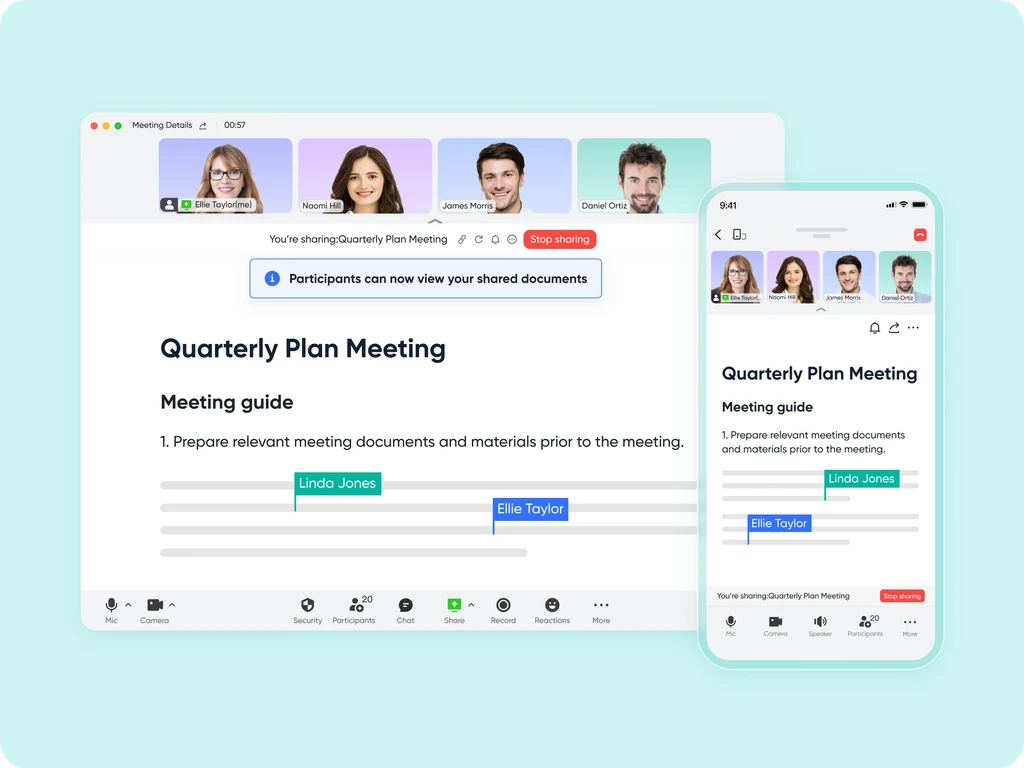
Leverage the potency of in-call document sharing, intelligent meeting minutes, and mobile-optimized features to enhance productivity collaboratively, irrespective of your location or schedule.
Seamlessly collaborate in real-time, across any device
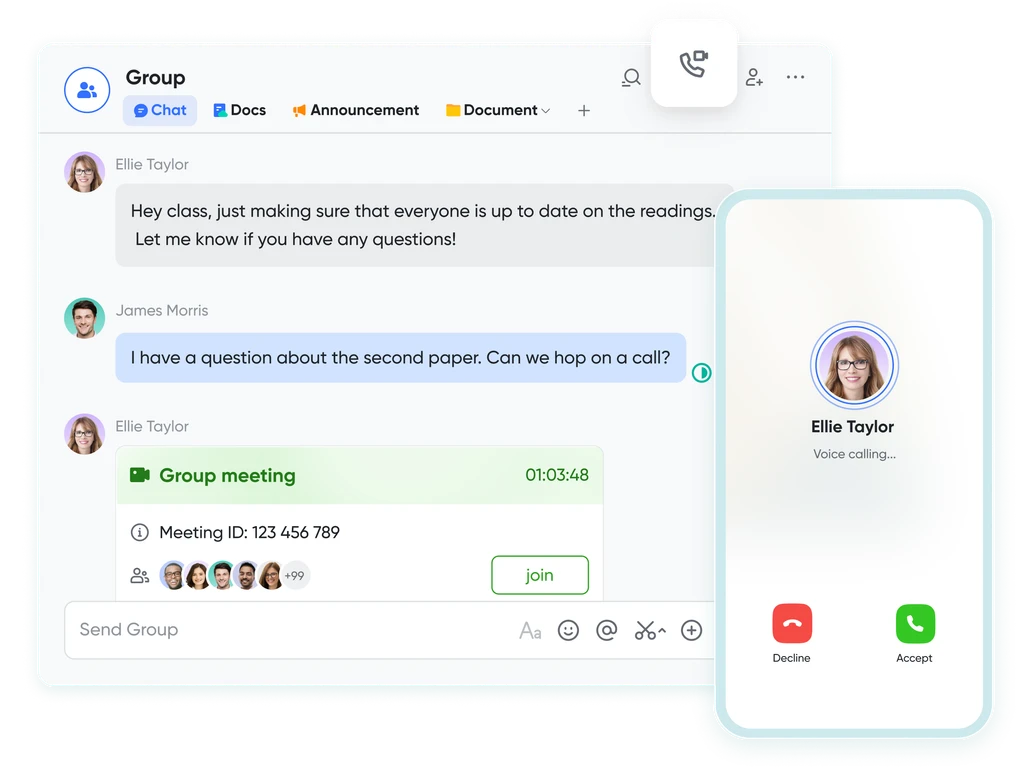
Share live documents instead of just screen views. Participants can navigate and edit simultaneously within the video call window, even while on the move.
Shift your focus to engagement, not note-taking
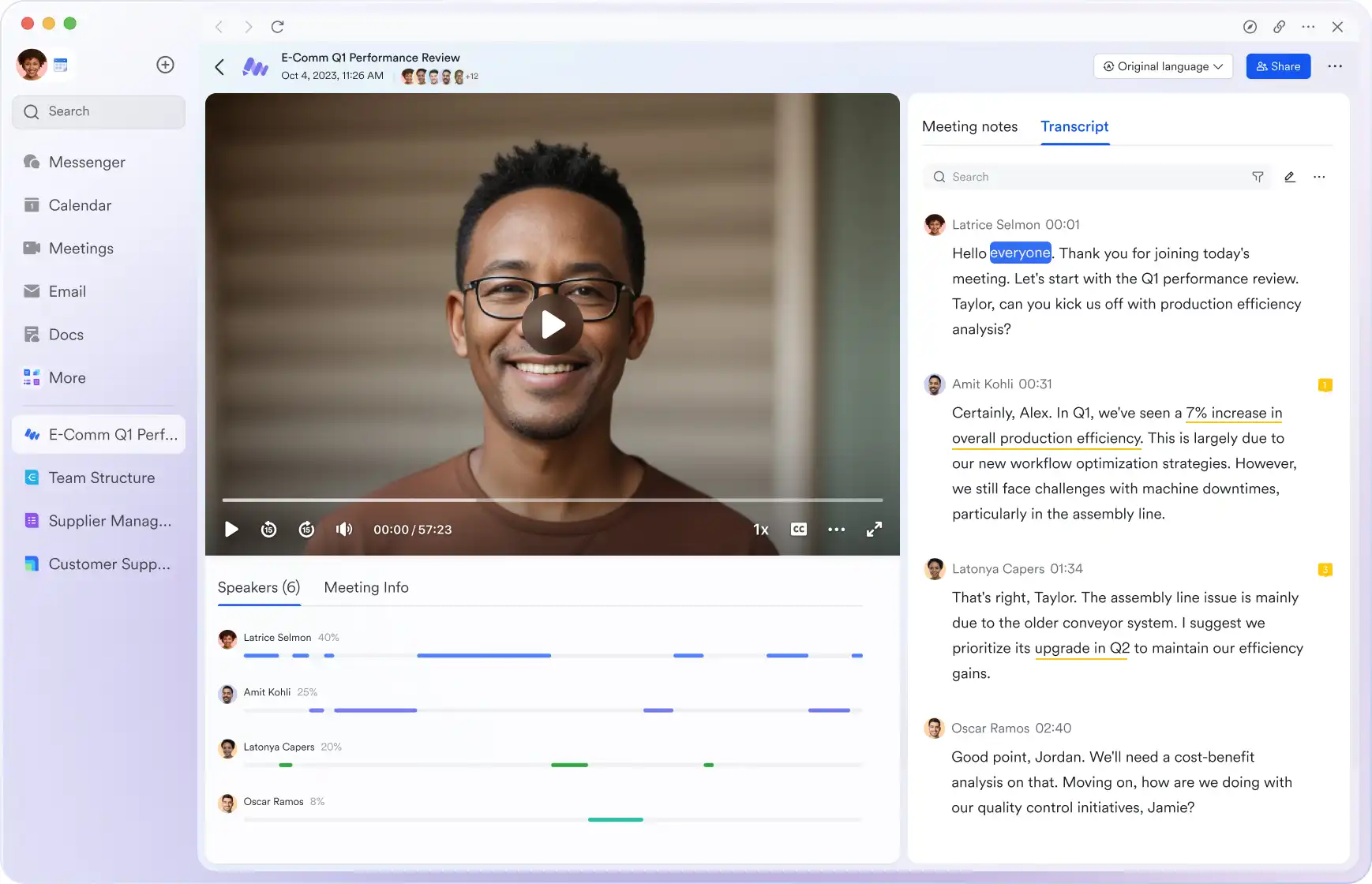
Lark Minutes automatically converts video meetings into transcripts, facilitating easy viewing, searching, and collaborative editing. Stay in the loop asynchronously, even if you can't attend the live meeting. Lark Minutes for meeting minutes support translation into 10+ different languages.
Break language barriers in communication
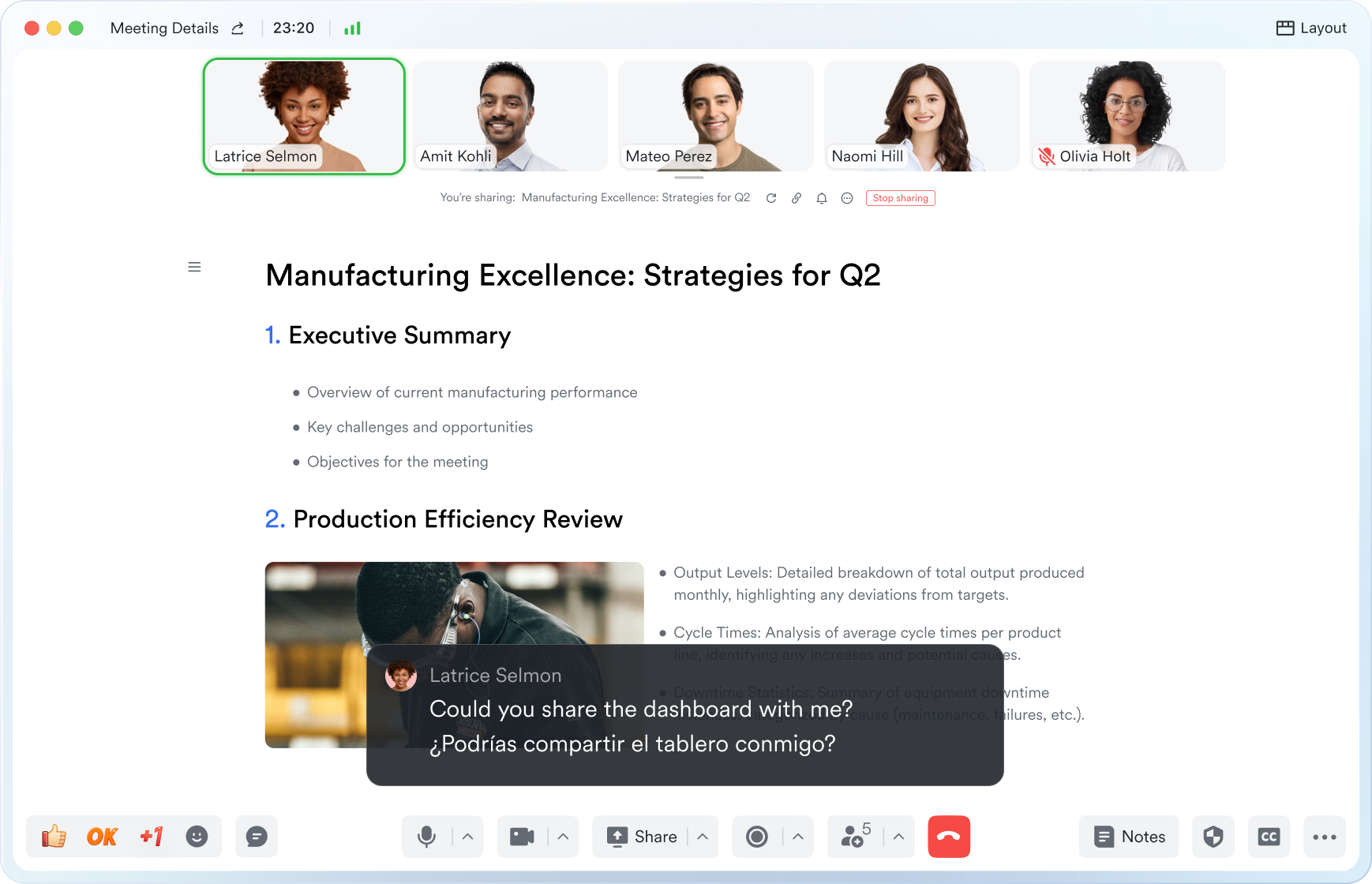
Lark Meetings provide real-time translation for subtitles, allowing individuals from diverse backgrounds to express themselves in their native languages. Ensure every voice is heard, regardless of geographical location. Live subtitles currently support translations from English, Chinese, and Japanese to 10+ different languages. See more translation feature in Lark.
Connect with larger audiences
Host dynamic online meetings and events accommodating up to 1,000 participants, with the flexibility of up to 50 breakout sessions for intimate group discussions within the larger meeting context. Try more Lark features for free.








